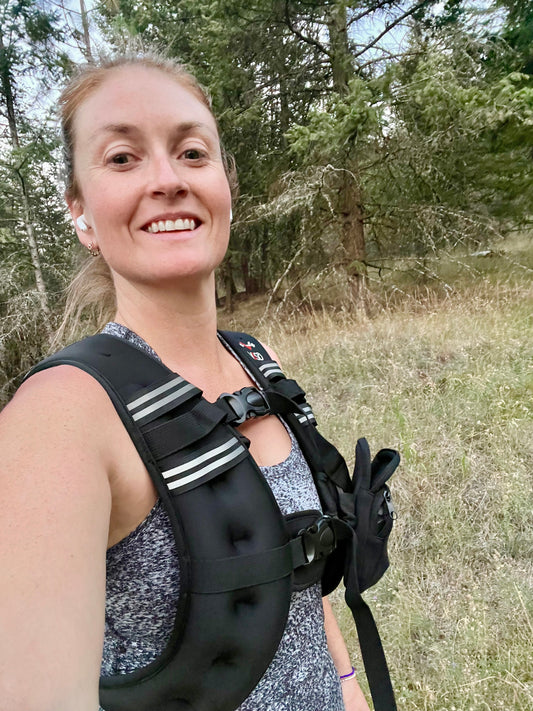Sciatica is extremely common, with about 40% of individuals in the United States experiencing the condition in their lifetime. Therefore, it is even more important to understand what sciatica is, so you can do your best to avoid and treat the associated pain.
Sciatica is the pain that travels the path of the sciatic nerve, which runs from the lower back, through the hips/buttocks and down the back of the leg. Pain in this region occurs when pressure is applied on the sciatic nerve, causing pinching of the nerve. This can result from a herniated disk or a bony protrusion. Even a tight muscle in the region, such as the piriformis, can apply pressure on the nerve. This pressing of the nerve leads to pain, inflammation and sometimes numbness, tingling and weakness in the affected leg or foot. A combination of pain and numbness in different parts of the leg is also possible. Generally, symptoms are experienced only on one side of the body.
So, what does sciatic pain feel like? This can be different for everybody, but there are some general similarities. Pain can present almost anywhere along the sciatic nerve. Most likely, the pain will radiate from the low back to the buttock and the back of the thigh and calf. The perception of pain can range from a mild ache, to sharp and burning, to an electrical shock. Coughing, sneezing and prolonged sitting can exacerbate the pain. Along with pain, sciatica may also cause numbness, tingling and muscle weakness on the affected side.
Sciatica risk factors include age, occupation, sitting, obesity, and diabetes. With age, changes in the spine occur, which can lead to herniated disks and bone spurs. These are both common causes of sciatica. Occupations that involve carrying heavy loads, twisting the spine, or driving for long periods of time can increase the chance of developing sciatica. Similarly, individuals who sit for prolonged periods of time are more likely to experience sciatica than active individuals. Obesity increases the stress on the spine, increasing the likelihood of sciatica.
Some tips for preventing sciatica include maintaining good posture, engaging in regular exercise/movement, and using good body biomechanics, such as lifting with your legs, not your back.
Generally, mild cases of sciatica go away with time, usually a few weeks. However, rehabilitation can be extremely effective in healing sciatica as well as preventing future episodes. If you are experiencing any of the symptoms of sciatica, and want to work with an expert team, email us today at hello@thebalancedcollective.com to book your initial assessment with a physiotherapist.
Kiah Loewen, BHK
If you are dealing with back pain or sciatica, our expert movement coaches on Stream TBC have resources to support you!
Sciatica: Causes, Symptoms, Treatment, Prevention & Pain Relief. Cleveland Clinic. https://my.clevelandclinic.org/health/diseases/12792-sciatica
Sciatica - Symptoms and causes. (2022, September 13). Mayo Clinic. https://www.mayoclinic.org/diseases-conditions/sciatica/symptoms-causes/syc-20377435








